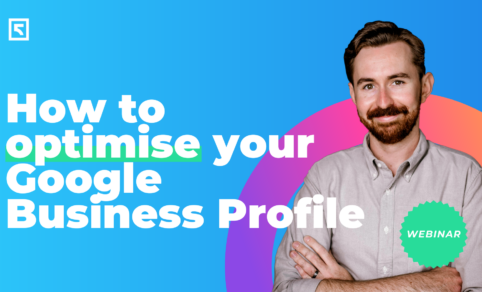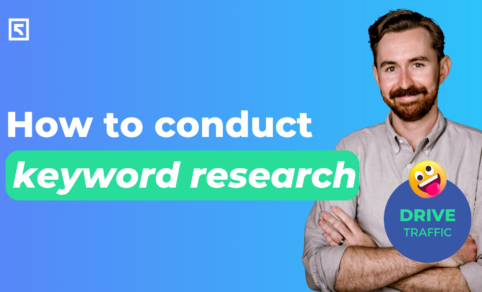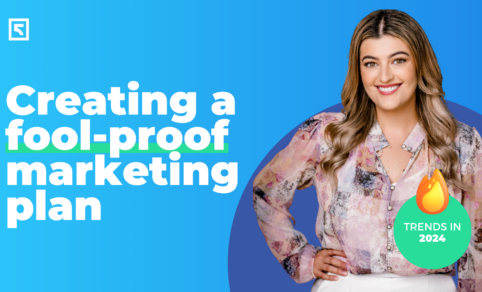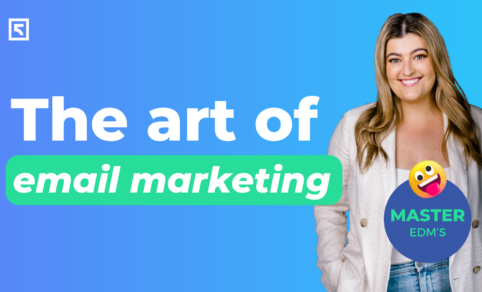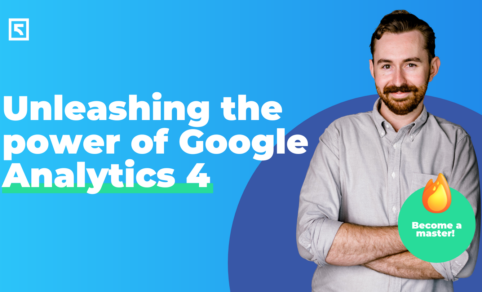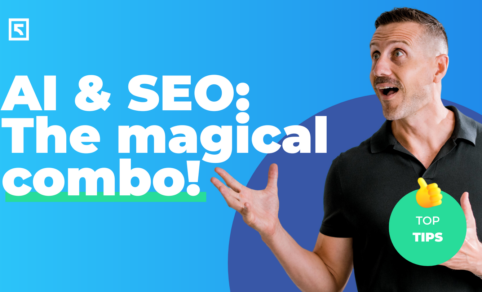We recently spoke with Oliver Baker (Ollie) our SEO champion here at Five by Five in regard to SEO basics and how implementing a few simple strategies can help your website.
There is a lot to be excited about when it comes to SEO. In short, all of the effort you put in is about getting your website to rank high on Google. The higher you rank, the more traffic you get, which means more conversions. Hello, more clients!
When it comes to ranking high on search engines, having a deep and well-structured website is key. So during our conversation with Ollie we give you the lowdown on how to get your website to rank in the big leagues and knock your competitors off anyone’s radar with just a few SEO basics!
Ollie heads up our SEO team that oversees a hundred-plus campaigns in 20 different niches (from accountants and lawyers to vegan eCommerce and hemp oil skincare sites). He knows his stuff and has a recipe for proven digital success!
If you use SEO basics to optimise your website with targeted Keyword Research from the start and set up a superstructure, we can guarantee it will bring in copious amounts of organic and paid traffic because it helps Google understand your website and helps your clients and customers navigate it. At the end of the day, you want Google to be your best friend. In return, you will see your business skyrocket.
Nobody wants to be hanging on the back pages and not getting any clicks (they say the best place to hide a dead body is on page two of Google!). The first three spots on Google receive over 50% of all organic traffic! And it all starts with a superstructure and solid Keyword Research.
At Five by Five, we build great-looking, high-performing websites, and are known as one of the Gold Coast & Australia’s leading WordPress web design & SEO agencies. We have 16+ years of experience in the web design industry. If you or your business need a new, high-performing digital solution, then contact us today and find out why we have 200+ 5* Google reviews.
Check out some snippets below!
Step 1: Keyword Research
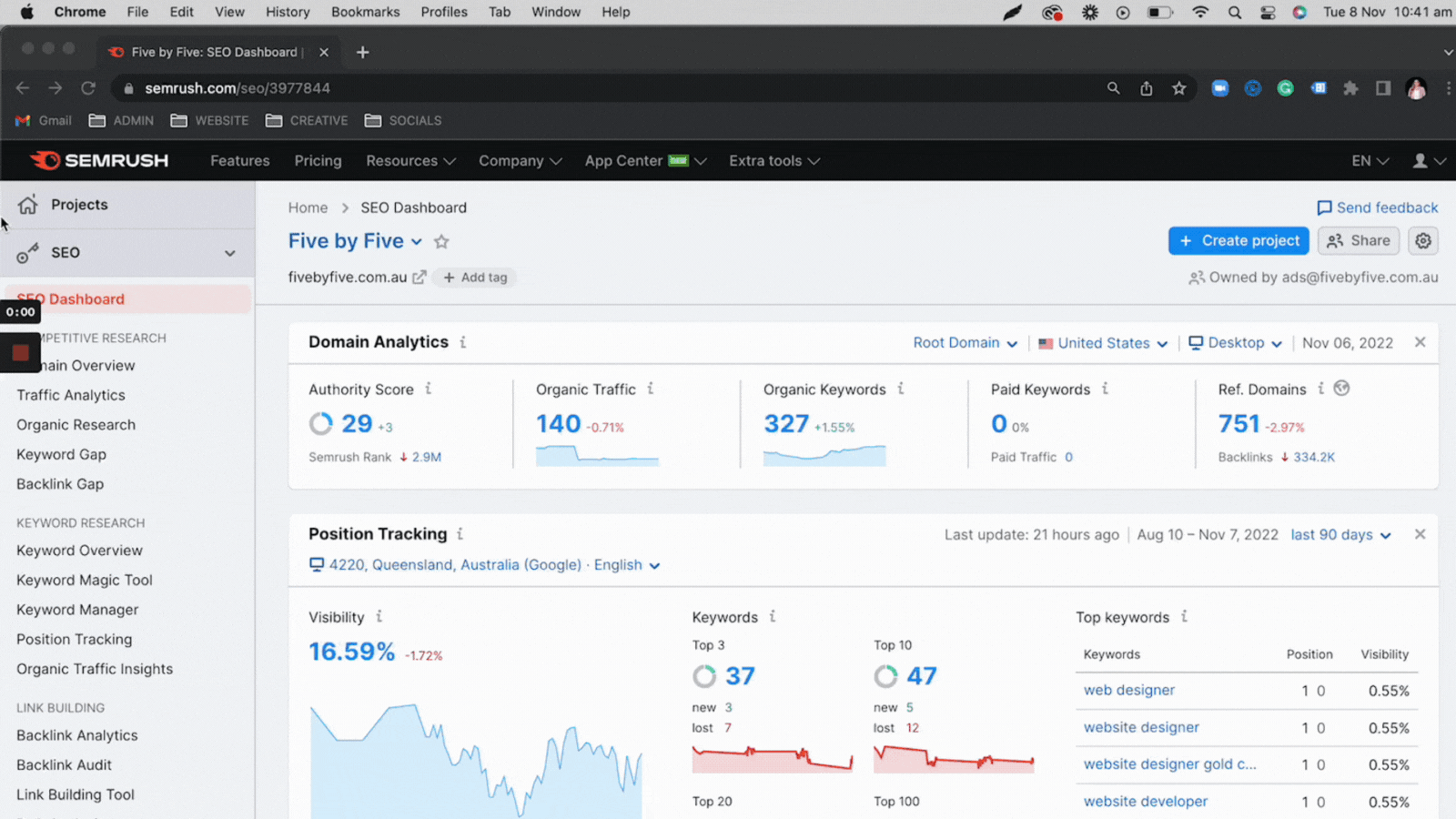
Keywords are the words or phrases that people type into a search engine to find information. For example, how many times have you typed in ‘cafe location’? So to start, you need to identify the most relevant keywords for your business and then optimise your website using them.
We use the Keyword Magic Tool in the state-of-the-art digital marketing software Semrush. It provides in-depth data about your industry, including related keywords, traffic data, and how competitive certain terms are – making the SEO basics easy and accessible.
This information is vital in order for you to understand how to structure your website and which keywords should be targeted on each page. It will also inform your overall SEO strategy that you will implement to rank higher than your competitors on the search engine results pages (SERPs).
Step 2: Building a Sitemap
The next step is to build a site map – a website diagram that clearly shows the site’s structure and how the pages will link together. A clear site map makes it easier for Google to index your pages.
Websites that are easy for users to navigate don’t happen by chance (wouldn’t that be nice?!). They are carefully structured, with logically grouped information.
The grouping below of Places Where Ollie Likes To Work is an oversimplified example illustrating how the grouping works. Why be complicated? Right?
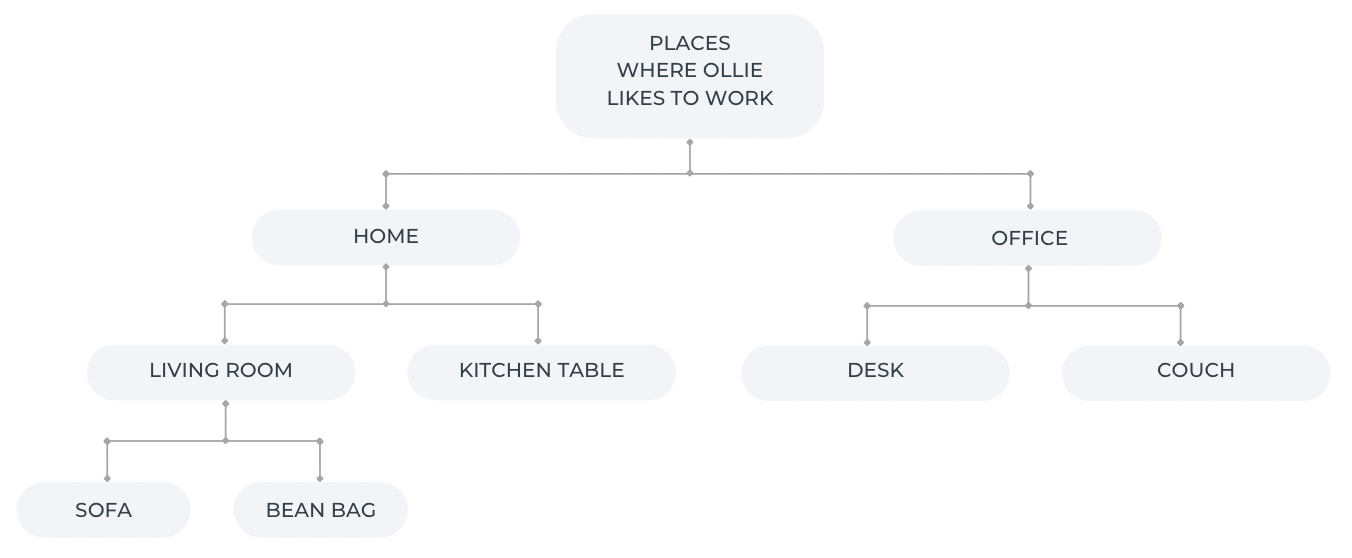
We apply this same grouping methodology when structuring a client’s website. The groups show the different pages you need to create and their hierarchy. Remember, this structure is dictated by the Keyword Research you completed in step 1! All of our SEO basics tie together.
Step 3: SEO Keyword Planning
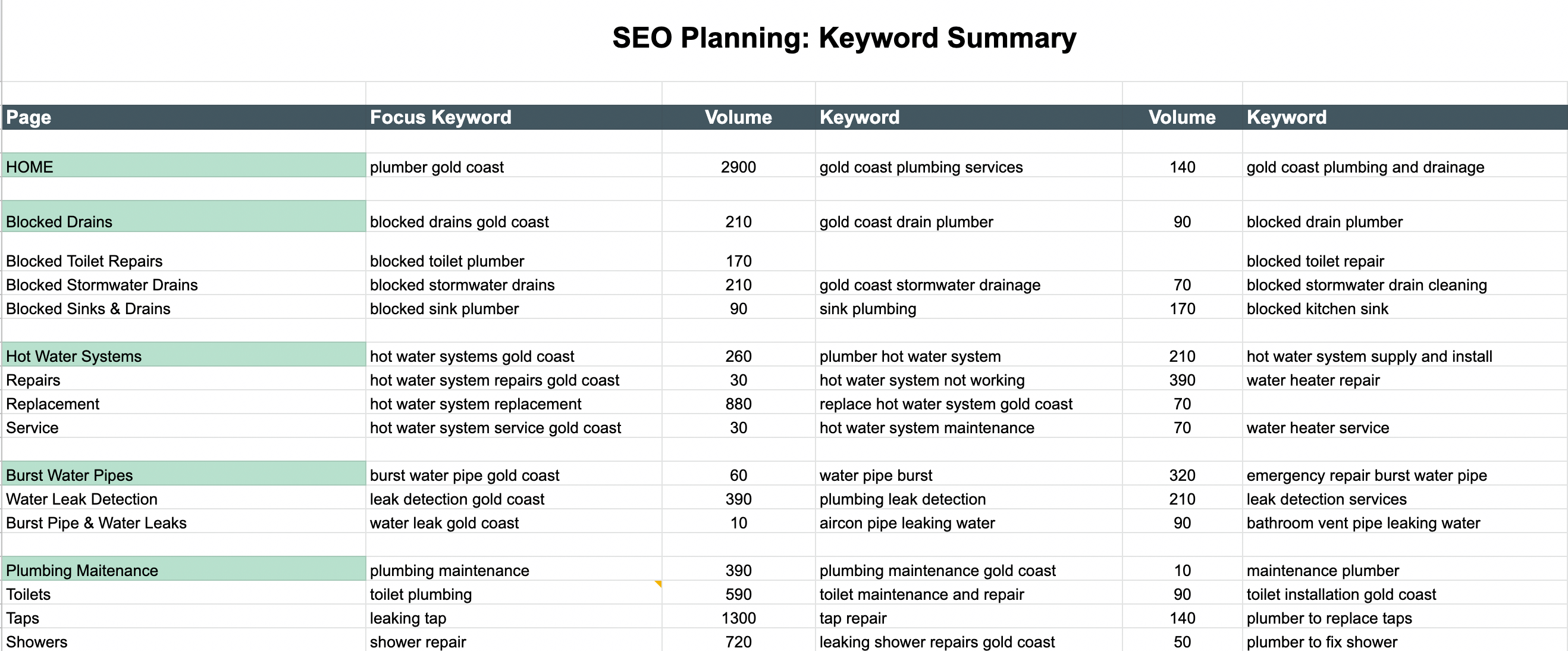
There are two big reasons why SEO is so important.
First, according to a study by BrightEdge, organic search is the biggest driver of website traffic, beating out both social media and paid advertising. In other words, not optimising your website for SEO means you’re missing out on huge amounts of potential traffic.
Second, SEO helps you get more leads and customers for your business. That’s because people who find your website through search are already interested in what you have to offer. They’re already looking for a business like yours, looking for your products. They just need to find you first – and if you have a great website with helpful, informative content, they will.
Step 4: Create pages - one page, one topic
If you’re looking to get ahead on Google, quality content always triumphs! Create your website pages based on your plan, focusing on only one topic per page.
Always remember to ensure you’re writing for humans and not just Google. Content stuffed with keywords may please the Google algorithms (to a point), but it will not win you any fans among actual users. So, focus on creating content that’s interesting and relevant to what people are searching for, whilst still incorporating the keywords strategically throughout. If you can do that, you’ll not only please Google but also attract more clients to your site.
Second, SEO helps you get more leads and customers for your business. That’s because people who find your website through search are already interested in what you have to offer. They’re already looking for a business like yours, looking for your products. They just need to find you first – and if you have a great website with helpful, informative content, they will.
Step 5: Optimise your Website
The final step in our SEO basics checklist is to optimise your pages for Google searches. There are various clever ways to do it:
Navigational breadcrumbs
Structure your pages with clear navigational breadcrumbs. They provide a trail of links back to the home page and can help orient users who have arrived at a page via search engines or other deep links.
Keyword-rich content
Use keyword-rich content on your site. This includes your pages’ titles, descriptions, headings (H1, H2 & H3), images, and videos. Apply a laser focus on your topic with all your content using your keywords strategically throughout.
Word count
A good number of words per page is five hundred or more. It’s a good idea to look at how many words your competitors use and then adjust your word count to be the same or more.
Call to action
Include a well-crafted call to action (CTA) to tell Google that you want people to take a specific action, such as clicking through to another page on your website or completing a contact form (be sure to use the focus keyword in the CTA).
Frequently Asked Questions
When you include a FAQ section on your page, you’re telling Google that you want people to find the answers to their questions quickly and easily. The best FAQ sections are well-written and thoroughly researched, providing clear and concise answers to common questions. Be sure to use the same keyword in the text and the title. This will tell Google that the FAQ section is related to the keyword that you’re targeting.
Testimonials and Google reviews
Testimonials and Google reviews from satisfied customers help build trust, persuading people to use your service with the added benefit of helping Google to know what keyword you are targeting if you use targeted reviews on your pages.
Location pages and maps
Location pages and maps further optimise your website by helping you rank for local keywords. Local keywords include a city, state, or country name. Even if users don’t search with the name of the location, the search query will still often lead them to location pages (if their location settings are on) because Google takes note of user locations.
The anatomy of great web page SEO optimisation
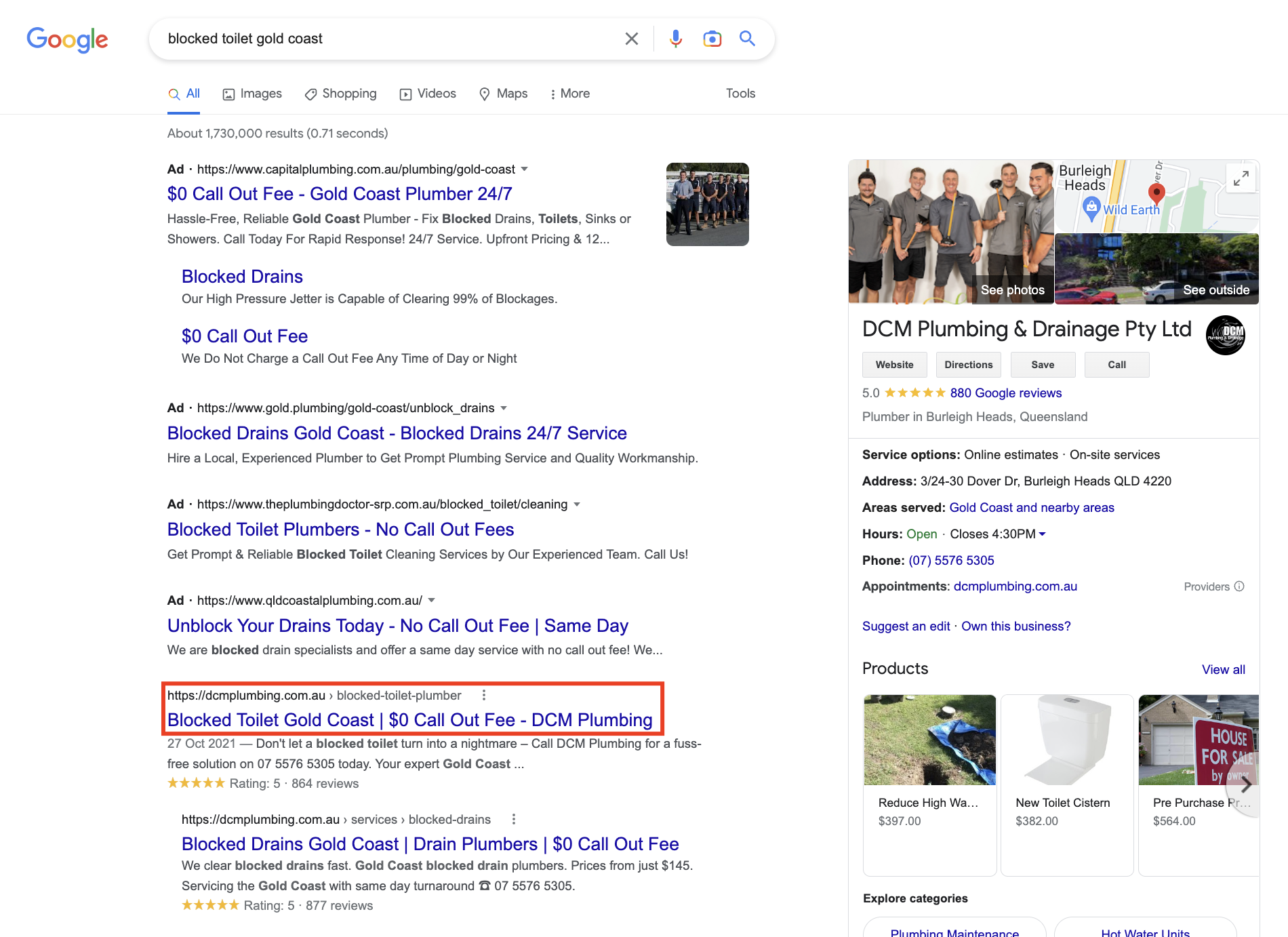
We’re excited to share a real-life example of these SEO basics on an optimised webpage. Our client, DCM Plumbing & Drainage Pty, appears in the top spot on Google’s organic search results for the keyword: blocked toilet gold coast.
The four listings above them are paid ads. This is how Google makes billions of dollars yearly!
Look out for the following optimisations:
- Navigational Breadcrumbs: we used navigational breadcrumbs on each page to help users find their way around the site. In the above example, they are: Home / Services / Blocked Sewer, Sinks & Drains/ Blocked Toilet Gold Coast.
- Headings: Heading one contains the focus keyword BLOCKED TOILET GOLD COAST, and the subheadings smartly use the supporting keywords from our keyword planning spreadsheet
- Call to Action: The call to action WE CAN UNBLOCK YOUR TOILET QUICKLY contains the focus keyword.
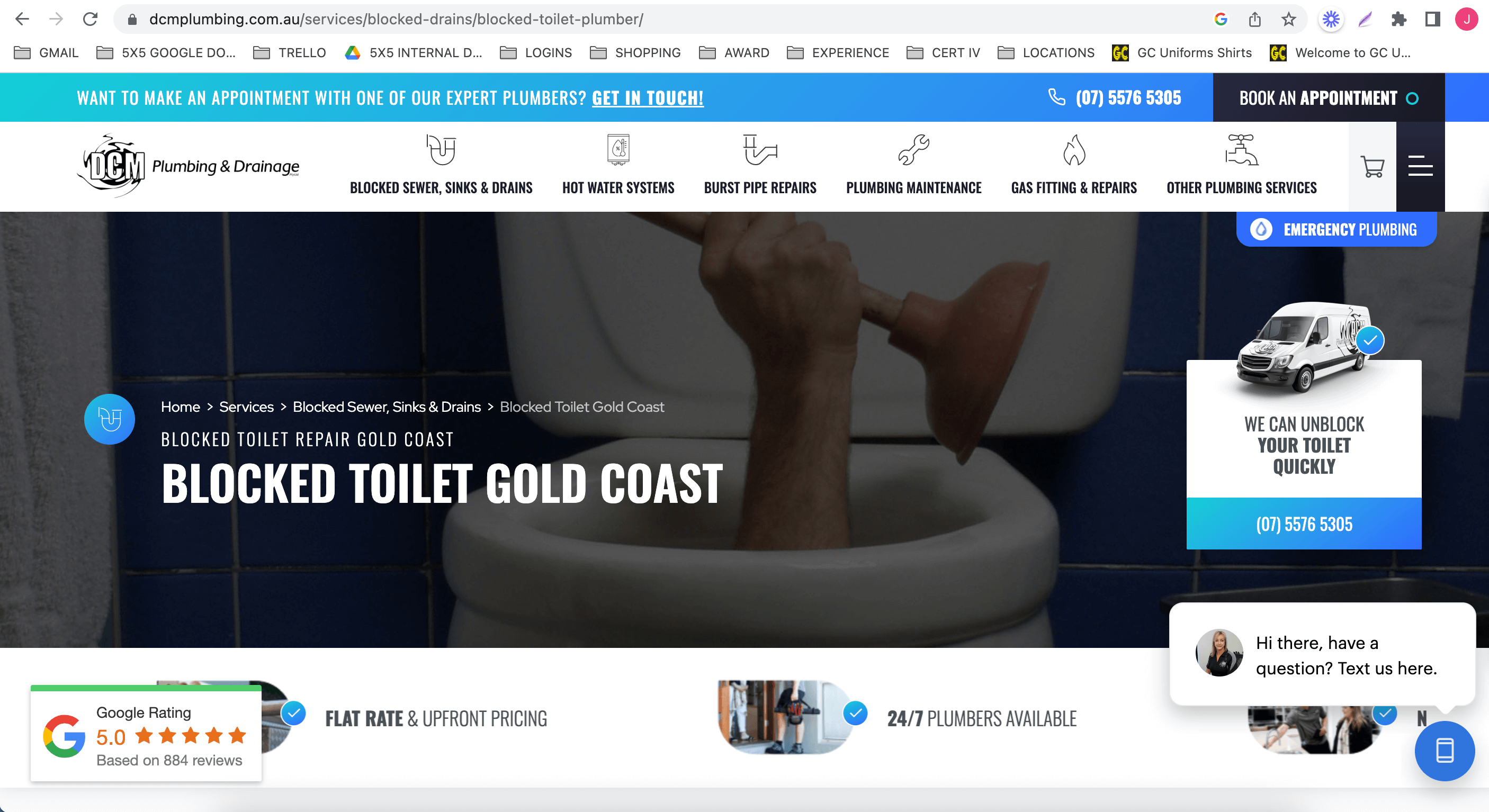
- FAQs and Google reviews: The pages include FAQs and reviews to build trust and help beef up the content with more keywords.
- Content: The content on all pages was written for humans, giving them content they will like and understand together with the keywords.
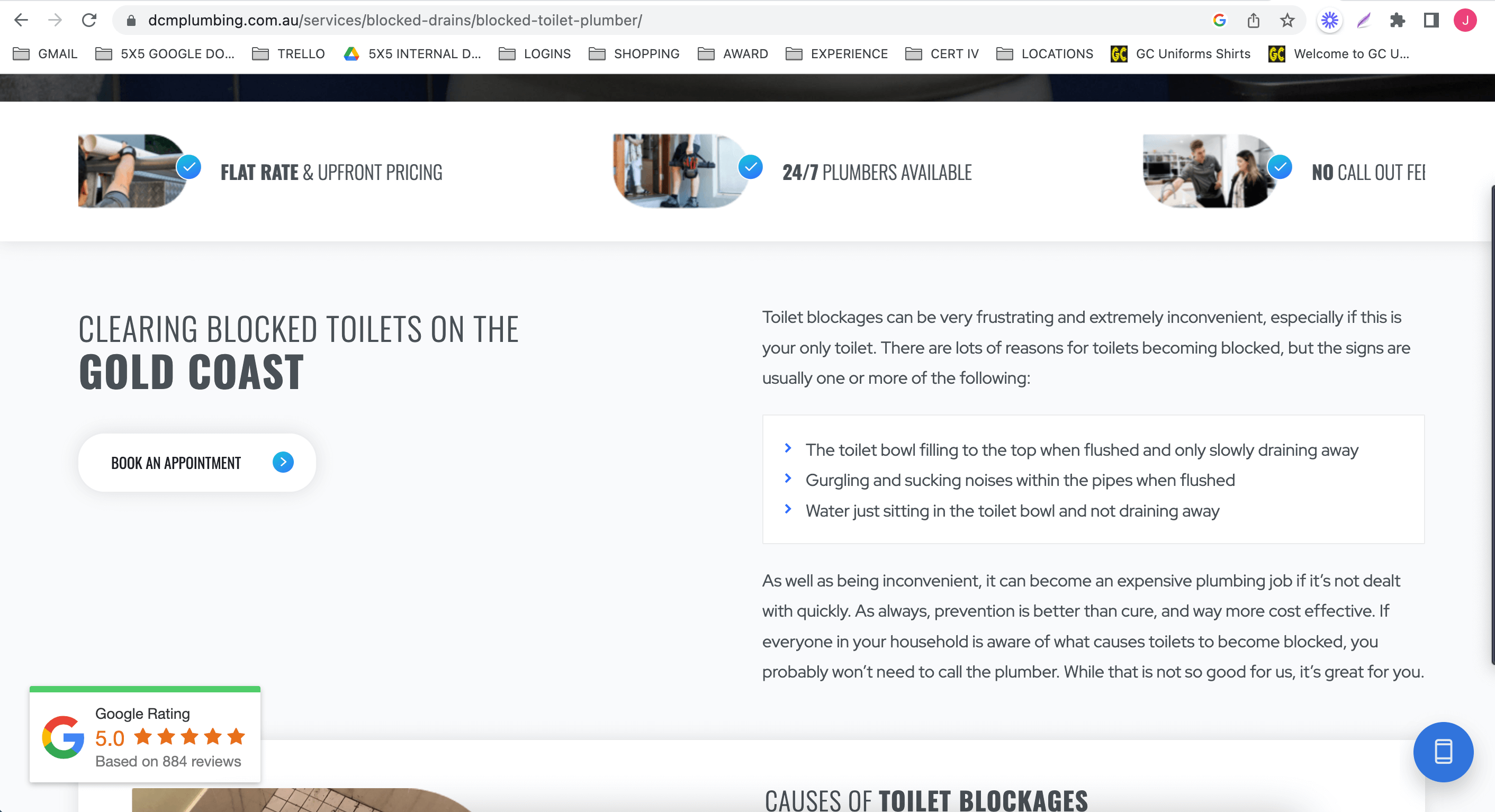
You can’t deny the results of SEO basics
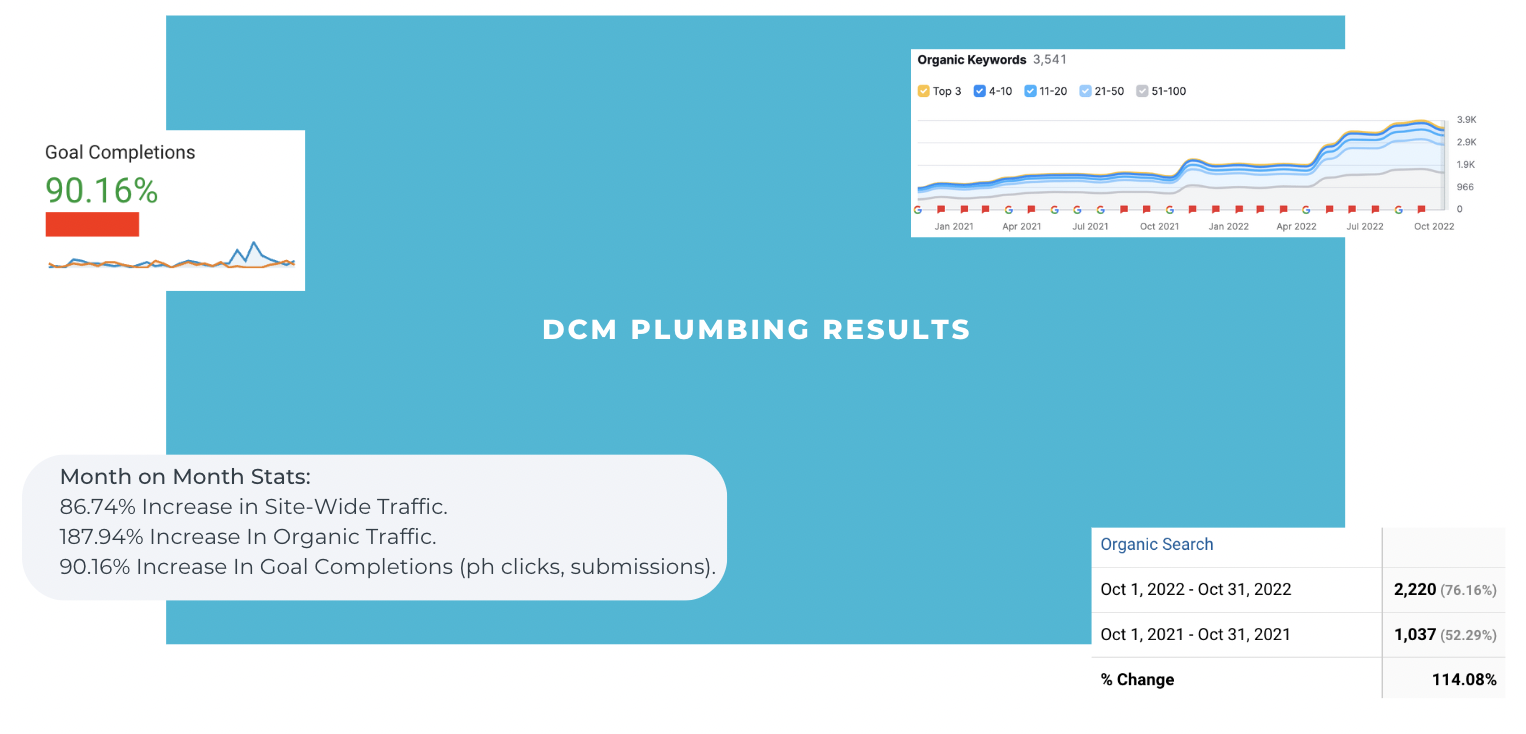
Permission to brag a bit?
With our world-class SEO strategy, our clients can shine online!
Ranking in the top spot led to the following results:
- Goal completions up 90% (phone call clicks & contact form submissions over 12 months)
- 86% increase in site-wide traffic
- 187% increase in organic traffic
- The number of keywords has more than doubled (Jan 2021 – Oct 2022)
- Traffic up 114%
Over the years, we’ve seen first-hand that the right SEO strategy will get your business noticed by more potential customers, expanding it into new markets. It might not happen overnight, but if you apply Ollie’s proven SEO recipe, you’ll see results in good time. Maybe even sooner than you think!
Let us know if you are ready to dominate your industry with a targeted SEO strategy! We are here to help!
Our Web Strategy Workshop is a great way to learn the SEO basics for your business. It’s a hands-on, 5-hour workshop presented by our Head of Strategy, Peter Carter, who has tons of experience with SEO. You can expect him to research keywords related to your business and show you what is possible for your page rankings in Google search results!




